- About
- Contact
- OHIP Surgeries
- Services
Non-Surgical Solutions
Surgical Solutions
Face
Body
Breast
Benign Lesions
- Products
- Post-Op
- Fees & Financing
- Intake
Menu
Menu
A facelift, or rhytidectomy, is a surgical procedure that improves visible signs of aging in the face and neck, such as:
The loss of youthful contours in the face can be due to variety of factors, including thinning of the skin, loss of facial fat, gravity, sun damage, smoking, as well as heredity and stress.
Other procedures that might be performed in conjunction with a facelift are brow lift and eyelid surgery to rejuvenate aging eyes. Fat transfer or fillers may be suggested to replace the lost fatty volume. Skin treatments such as IPL, dermabrasion, peels or laser may be offered to improve the quality and texture of the skin.
As a restorative surgery, a facelift does not change your fundamental appearance and cannot stop the aging process.
A facelift can only be performed surgically; minimally invasive rejuvenation treatments cannot achieve the same results, but may help delay the time at which a facelift becomes appropriate and complement the results of surgery.
Some minimally invasive treatments, such as stem cell facelifts, are of unproven benefit.
Facelift surgery is a highly individualized procedure. You should do it for yourself, not to fulfill someone else’s desires or to try to fit any sort of ideal image.
In general, good candidates for a facelift include:
During your facelift consultation be prepared to discuss:
Your surgeon will also:
The consultation is the time to ask your plastic surgeon questions. To help, we have prepared a checklist of questions to ask your facelift surgeon that you can take with you to your consultation.
It’s important to understand all aspects of your facelift surgery. It’s natural to be nervous about it, whether it’s excitement for your anticipated new look or a bit of preoperative stress. Don’t be shy about discussing these feelings with your plastic surgeon.
Use this checklist during your facelift consultation:
The decision to have plastic surgery is extremely personal and you will have to weigh the potential benefits in achieving your goals with the risks and potential complications of facelift surgery. Only you can make that decision for yourself.
You will be asked to sign consent forms to ensure that you fully understand the procedure and any risks and potential complications.
Facelift risks, while rare, include:
These risks and others will be fully discussed prior to your consent. It is important that you address all your questions directly with your plastic surgeon.
In preparing for a facelift, you may be asked to:
A facelift may be performed in an accredited office-based surgical facility, licensed ambulatory surgical center, or a hospital. You must arrange for a friend or family member to drive you to and from surgery and to stay with you the first night following surgery.
A facelift procedure includes the following steps:
Medications are administered for your comfort during the surgical procedure. The choices include intravenous sedation and general anesthesia. Your doctor will recommend the best choice for you.
A variety of other procedures can further enhance the outcome of a facelift. They include:
Depending on the degree of change you’d like to see, your facelift choices include a traditional facelift, limited incision facelift or a neck lift.
A traditional facelift incision often begins in the hairline at the temples, continues around the ear and ends in the lower scalp. Fat may be sculpted or redistributed from the face, jowls and neck and underlying tissue is repositioned, commonly the deeper layers of the face and the muscles are also lifted. Skin is redraped over the uplifted contours and excess skin is trimmed away.
A second incision under the chin may be necessary to further improve an aging neck. Sutures or skin adhesives close the incisions.
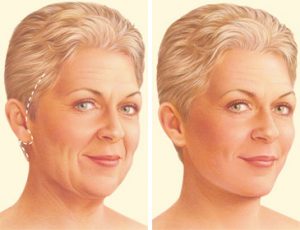
An alternative to a traditional facelift uses shorter incisions at the temples, continuing around the ear. “Mini-lifts” are usually reserved for patients with less skin relaxation, as the results are less rejuvenating than a full facelift.
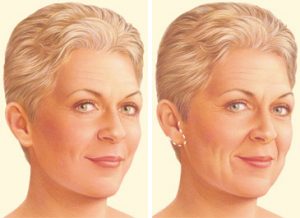
A necklift addresses the sagging jowls, loose neck skin and fat accumulation under the chin. The neck lift incision often begins in front of the ear lobe and wraps around behind the ear, and ends in the posterior hair behind the ear.

The incisions will be closed with sutures that may dissolve or may need to be removed after a few days. Some surgeons use skin glues to seal the incisions. Once healed, the incision lines from a facelift are well concealed within the hairline and in the natural contours of the face and ear.
The visible improvements of a facelift appear once swelling and bruising subside. Your final result should not only restore a more youthful and rested appearance, but also help you feel more confident about yourself. Get more information about facelift results.
Following completion of a facelift, a bandage might be placed around your face to minimize swelling and bruising. Small tubes may be present to draw off any excess blood or fluid.
You will be given specific instructions on how to care for the surgical site and drains, medications to apply or take orally, specific concerns to look for at the surgical site or in your general health and when to follow up with your plastic surgeon.
Be sure to ask your plastic surgeon specific questions about what you can expect during your recovery period.
While most people are presentable to the public within 10-14 days, it will take 2-3 months for the face to feel “back to normal” in terms of texture, sensibility and loss of tightness.
Continuing daily sun protection and a healthy lifestyle will help extend the results of your facelift.
As swelling and bruising subside, the visible improvements of a facelift appear. Your final result should not only provide a more youthful and rested appearance, but also help you feel more confident about yourself.
Although good results are expected, there can be no guarantee. In some situations, it may not be possible to achieve optimal results with a single surgical procedure and another surgery may be necessary.
Follow your physician’s instructions to ensure the success of your surgery.
View before and after photos of facelift procedures performed by members of the American Society of Plastic Surgeons.
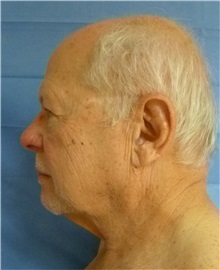 | 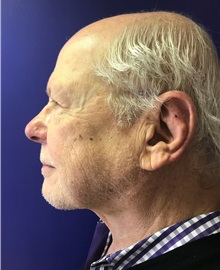 | 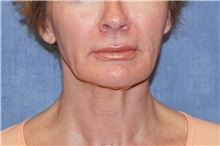 | 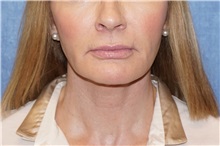 |
 |  |  |  |
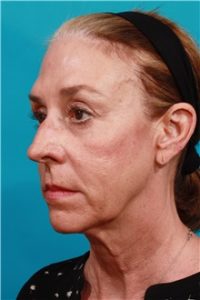 |  |  |  |
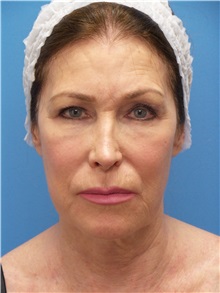 | 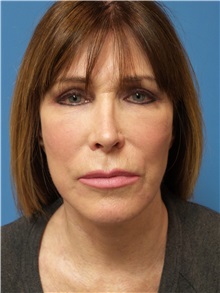 |  | 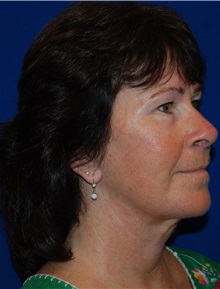 |
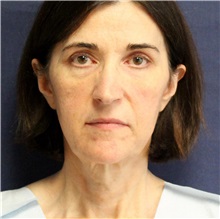 | 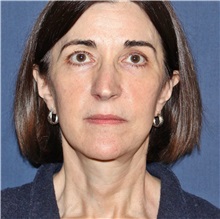 | 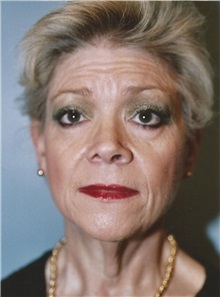 |  |
Drugs and/or gases used during an operation to relieve pain and alter consciousness.
Blood pooling beneath the skin.
Sedatives administered by injection into a vein to help you relax.
Deep creases below the lower eyelids.
Deep creases between the nose and cheek
Relaxed skin at the sides of the chin.
Medication injected directly to the incision during an operation to numb the skin.
Also known as facelift, reduces sagging of the mid-face, jowls and neck.
Submuscular aponeurotic sheath: tissue under the skin, overlying the facial muscles, that is often repositioned in a facelift to improve contours.
A technique with a deeper dissection to elevate the cheek tissue to improve contours.
Facelift surgery involves many choices. The first and most important is selecting a board-certified plastic surgeon you can trust who is a member of the American Society of Plastic Surgeons (ASPS).
ASPS member surgeons meet rigorous standards:
Do not be confused by other official-sounding boards and certifications.
The ABPS is recognized by the American Board of Medical Specialties (ABMS), which has approved medical specialty boards since 1934. There is no ABMS recognized certifying board with “cosmetic surgery” in its name.
By choosing a member of the American Society of Plastic Surgeons, you can be assured that you are choosing a qualified, highly-trained plastic surgeon who is board-certified by the ABPS or the Royal College of Physicians and Surgeons of Canada.
Suite 301 - 272 Charlotte Street, Peterborough, Ontario, Canada
+1 705-876-9003
+1 705-874-5410
Monday | 9:00 AM - 3:00 PM
Tuesday | 9:00 AM - 3:00 PM
Wednesday | 9:00 AM - 3:00 PM
Thursday | 9:00 AM - 3:00 PM
Friday | 9:00 AM - 12:00 PM
(summer hours)
*Subject to change with holidays, etc.